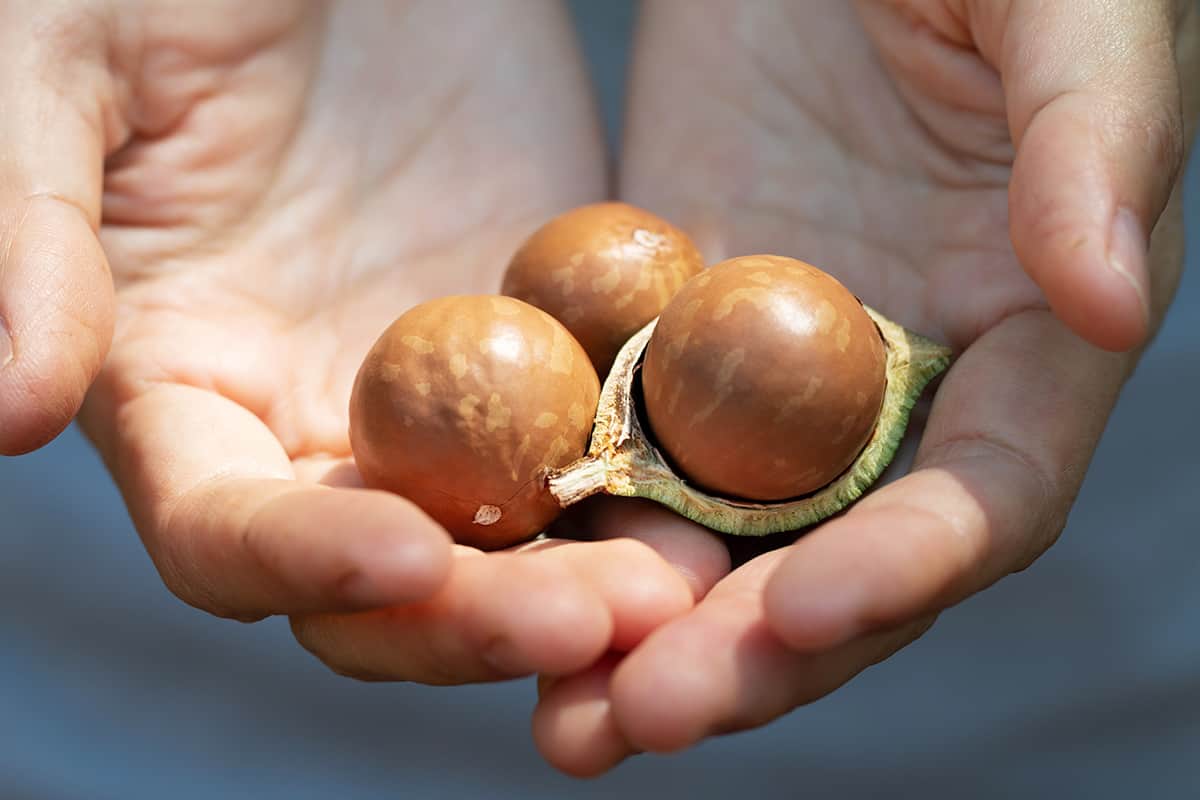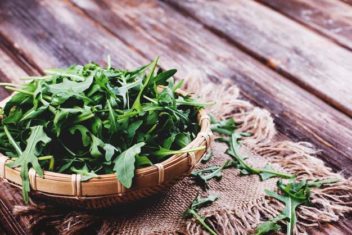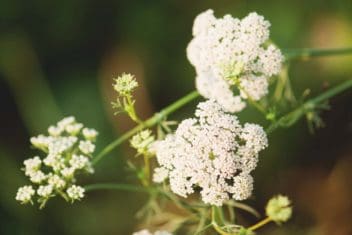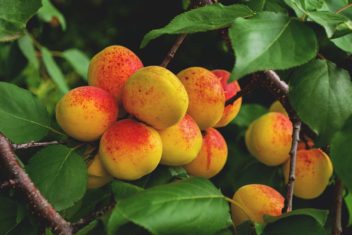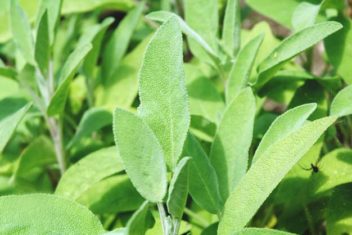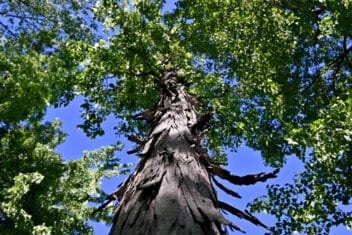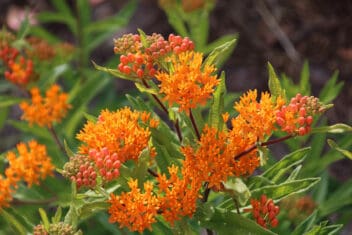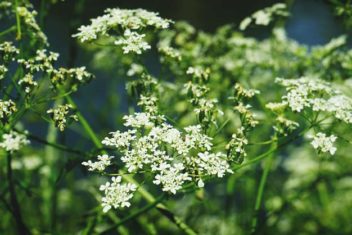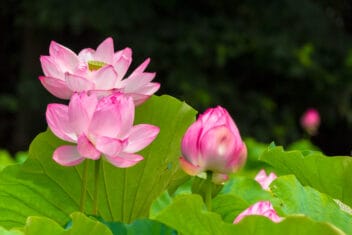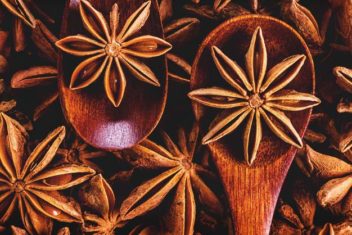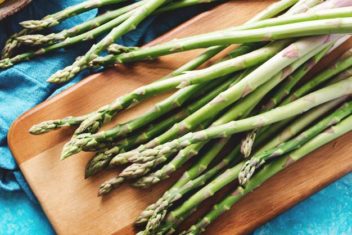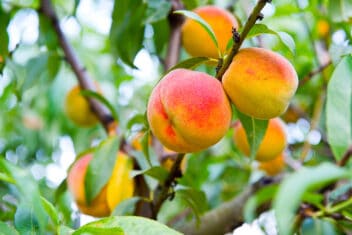When I was young, my mother had a huge macadamia nut tree. Every year, it produced more macadamia nuts than we could handle, even though we didn’t do anything to keep it growing well.
It towered over the house, and collecting the hundreds of nuts it produced is one of my fondest childhood memories.
Years later, I have my own homestead, and one of the first trees I planted was a macadamia nut tree. I knew that it would grow to a fantastic size and provide my children with healthy nuts for a lifetime.
What are Macadamia Nuts?
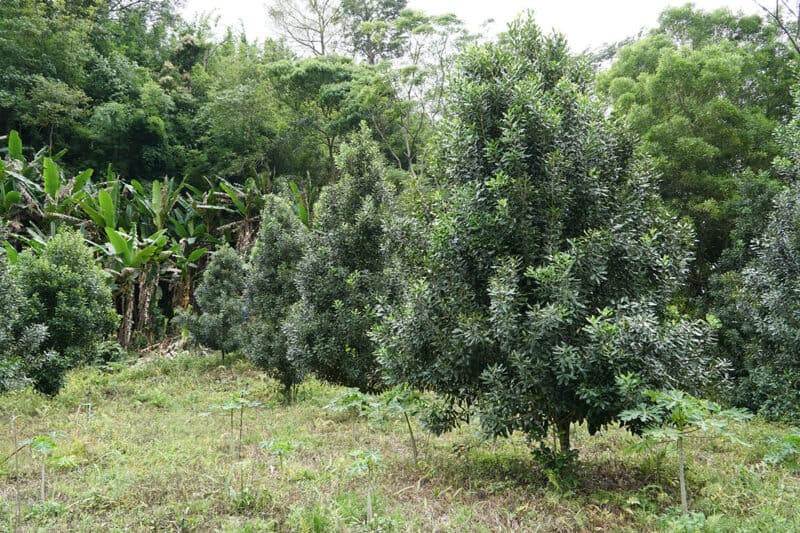
Macadamias are an evergreen tree that has foliage that resembles holly leaves. The tree produces high yields of wonderful, fleshy nuts.
Originally from Australia, macadamia trees have been planted worldwide, including in Africa, Latin America, Asia, and in the United States in California and Florida. Commercial production of macadamia is located in Hawaii, where the environment is perfect.
Macadamia nut trees are self-pollinating, though growing more than one will give you a bigger harvest. You can also increase your harvest by encouraging pollinators to visit your garden.
A healthy tree with a companion can produce up to 50 pounds of nuts per year.
Some varieties are also self harvesting which means that the nuts fall to the ground when they’re ripe. Others need to be pulled from the tree when they’re ready.
Before you plop a tree (or two) in the ground, be aware that many of them grow quite large. Macadamias can reach to about 40 feet tall.
Varieties of Macadamia
There are two main species of macadamia, with a number of varieties of each. The species are:
- Queenland, Macadamia integrefolia
- Rough, Macadamia tetraphylla
M. tetraphylla can handle slightly cooler temperatures, while M. integrefolia is more suited to a tropical environment.
Varieties that work better in home gardens and orchards are:
Cate
M. tetraphylla ‘Cate’ is a frost-hardy variety that originated in California. This one grows quickly and larger than other varieties.
Beaumont
This is one of the best macadamia nut varieties for growing the home garden. A hybrid of M. tetraphylla and M. integrefolia, Beaumont has an upright growth habit instead of a spreading one, so it doesn’t take up a ton of room.
The nuts are medium to large and the fruiting season is long, which means you’ll have lots of opportunities to pluck these tasty nuts.
Vista
‘Vista’ is a California hybrid. It’s medium-sized with a pyramid growth habit. The best thing about ‘Vista’ is that the nuts have thin enough shells to crack with a standard nut-cracker.
Dorado
M. integrefolia ‘Dorado’ has an upright habit and is cold resistant. It produces a high yield of nuts and starts producing young, when it’s just five years old.
Other good varieties for the home orchard are ‘James,’ ‘Waimanalo,’ and ‘Keaau.’
How to Plant Macadamia
Macadamias grow in zones 9 to 11. They prefer full sun but will tolerate a little shade, though your harvest might be smaller.
They prefer an average daytime temperature of around 77ºF. In areas prone to frost, temperatures around 21ºF and lower will likely kill or severely damage the tree.
Aim for a soil pH of 5.5 to 6.5. Macadamias like slightly acidic soil but are pretty tolerant of slightly different soil make-up.
The soil should be fertile, so ensure there is a lot of well-rotted manure and compost dug in before planting. You need the soil to be loamy and well-draining.
The best results come from grafted trees you buy from a nursery, but you can take cuttings, propagate by air layerings, or even try growing macadamia nuts from seed.
Planting Seed
You can plant macadamia nuts, but the results may be unpredictable. It will likely take up to ten years before you see any nuts forming – if they do at all. Consider it more of a fun project for the fam rather than a way to start an orchard.
Soak the whole nut in the shell in water overnight. Plant the nut with the bud end sticking up in a seed starting mix. Cover and water well. Keep the soil moist and in a warm spot with indirect sunlight.
Once the seed germinates, keep warm and water well until the seedling is big enough to handle. At this point, replant in a bigger pot or the ground.
Be patient. Macadamia nuts may take an extended period of time to germinate and start growing.
Planting Saplings
Planting a grafted variety will give you the best results and the swiftest harvest.
Dig a hole twice the size of the root ball lower the plant in place. Fill in around it with good quality soil. Tamp down well.
Stake the tree in the first year to protect it from strong winds. Protect from deer if you have trouble with them in your area.
If you plant more than one macadamia tree, plant them about 20 feet apart. If you plant in rows, keep the rows up to 36 feet apart.
Caring for Macadamia
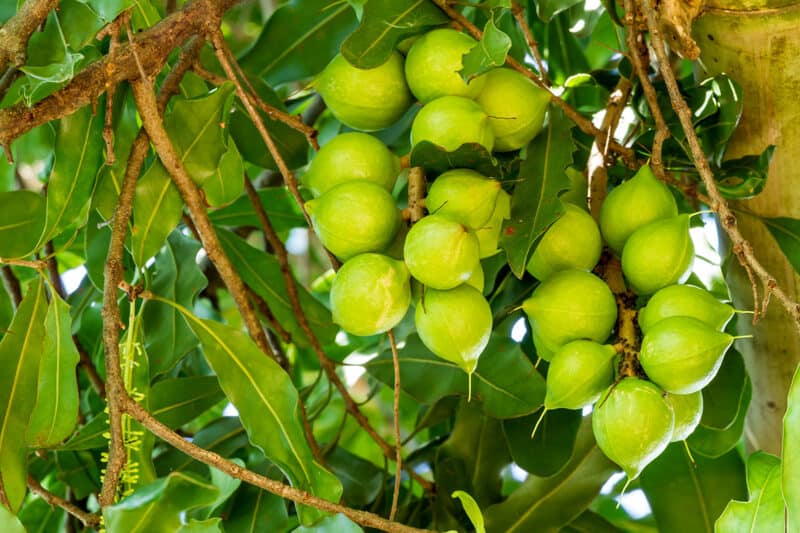
Macadamia trees do better if you give them some protection from the wind, particularly when they’re young. They also need a lot of water when they’re young. If your plant doesn’t get enough water, it will suffer or die.
In the first year, macadamia trees require the most amount of water. Give the ground a good soaking once a week. Provide more if the soil dries out too quickly.
You can reduce watering as the tree ages, but it’s still going to need at least two inches of water per week. A mature tree can use up nearly 100 gallons of water per week in extreme heat.
Mulch around the macadamia tree to reduce the soil drying out for at least the first four years. After this, reduce mulching to avoid excess nitrogen in the soil.
Fertilize in spring with a fertilizer high in nitrogen and potassium. Avoid high levels of phosphorus. If you are mulching, avoid fertilizer with high levels of nitrogen as well.
Pruning Macadamia
Pruning may be necessary, but be wary when working with macadamia. If you prune off too much foliage, it often results in overly vigorous regrowth and a loss of nuts forming.
Prune any diseased or damaged branches, and any branches extending out too far.
For weed control and access to gather nuts, prune three feet up the trunk from the ground.
While the macadamia is young, you can prune to shape. Once the leader shoot is about 32 inches, snip it at the top to promote branching out.
Companion Planting for Growing Macadamia
Try to limit companion planting with macadamia because they have very fragile roots.
Plant crops with shallow roots like:
- Clover
- Nasturtiums
- Chives
- Marigold
Although comfrey isn’t shallow-rooted (it has a tap root), it seems to be fine. One of my macadamia trees is surrounded by comfrey and is doing okay. I cut the comfrey back each year to make comfrey tea and mulch.
Common Problems and Solutions for Growing Macadamia
Most modern varieties of macadamia are relatively disease and pest-resistant, but there are some issues you may face when growing macadamia nuts.
Anthracnose
This fungal disease is often present in high humidity areas and when trees are stressed due to lack of water.
Read our detailed article on how to identify and treat anthracnose.
Husk Spot
With husk spot, the lesions start out small and yellow before expanding. They’re often covered in white spores.
This fungal disease will affect your harvestable yield. Use a broad-spectrum fungicide to control.
Rats and Mice
With tasty, oily nuts littering the ground, rats and other nut-loving creatures will move in.
Remove all nuts regularly and don’t allow the nuts you won’t use to be left rotting on the ground.
Macadamia Nut Borer
These little insects bore into the husks of the nuts. Once they have entered, pesticides have minimal effects. The nuts will drop from the tree prematurely.
Apply pesticides the moment you see the first of the nuts on the ground affected by the borer. You should see a hole with debris surrounding the edge. There could also be scale-like eggs on the outside of the husk.
Early treatment is key.
Harvest and Using Macadamia Nuts
If you’ve planted a grafted tree, you should get a good size harvest in about three years. By year seven, you will be getting big yields.
Collect the nuts as they fall or ripen anytime between late spring and fall. The nuts will still be encased in their husk that has slowly split open as the nut inside ripens.
You know they’re ripe when the husk turns brown, shrinks, and splits. The nuts should also feel dry and not tacky.
The beauty of macadamia is most fall as they ripen. They won’t all ripen at the same time.
Each time you pick up the nuts, remove the husk straightaway. Place the nut (still in its hard shell) on a wire rack to dry for a week or so.
Removing the macadamia nut from the shell
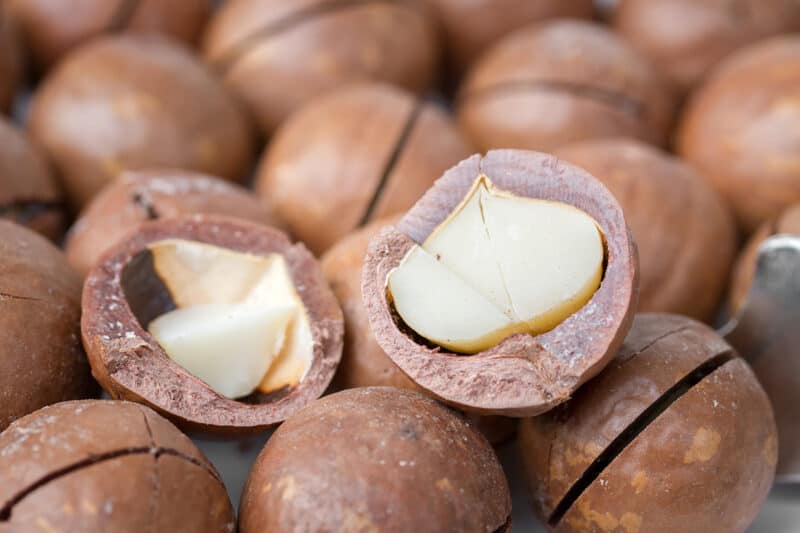
Macadamias are extremely hard and if you bash at them with a hammer, you are likely going to smash the nut inside.
You can buy a specialty macadamia nutcracker that slowly winds pressure or use a clean vice.
There are a number of clever methods you can research to remove macadamia nuts, but any way you choose will be time-consuming. The end result is worth it though.
Eat them straight away, use them in baking, store in glass jars or freeze. Your harvest will be abundant for years to come.
